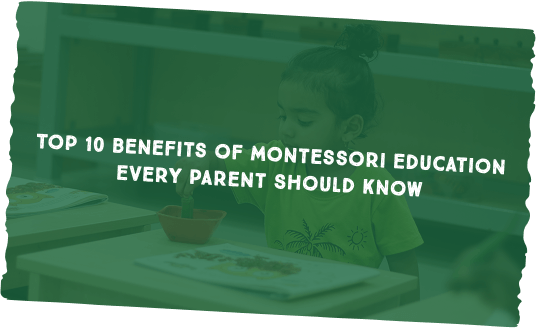
Top 10 Benefits of Montessori Education Every Parent Should Know
When it comes to nurturing young minds, parents often wonder: what is Montessori method of education, and how does it differ from traditional schooling?
According to the Cambridge Dictionary, an antonym is “a word that means the opposite of another word.”
For children, learning opposites is more than just memorizing pairs. It builds an early sense of comparison and relativity—understanding that something can be big only when it is compared with something small, or that day exists in contrast to night. These simple pairs become stepping stones for constructing descriptive sentences, developing reasoning skills, and improving comprehension in stories and conversations. Over time, word and opposite in English also encourage children to observe their environment more carefully and describe it in richer, more meaningful ways.
| Word | Opposite |
|---|---|
| Big | Small |
| Hot | Cold |
| Happy | Sad |
| Up | Down |
| In | Out |
| Fast | Slow |
| Open | Closed |
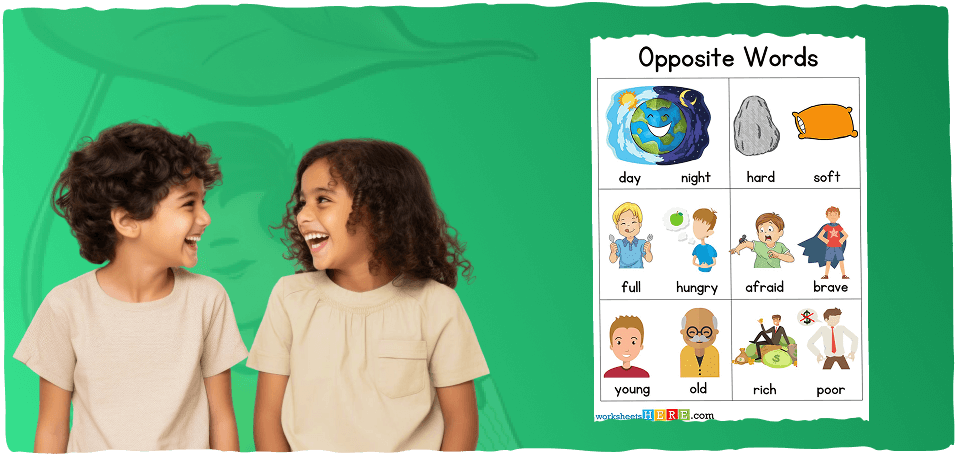
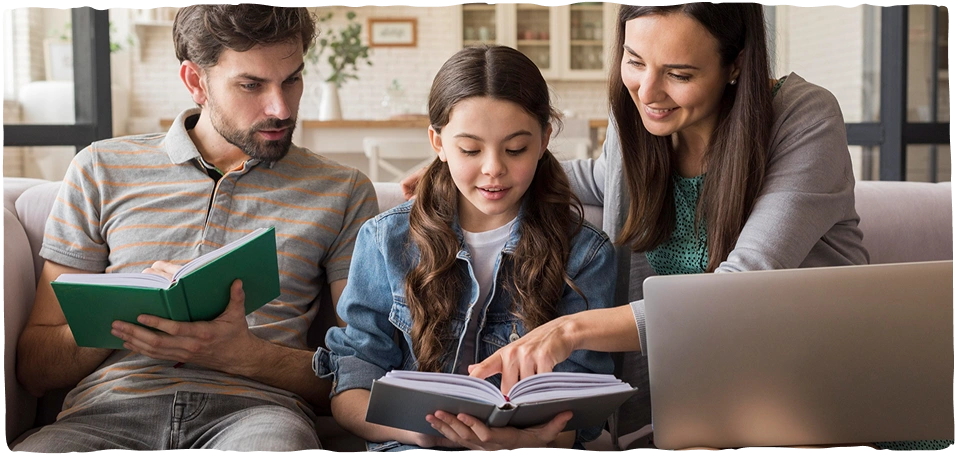
TABLE OF CONTENTS
SHARE THIS ARTICLE

When it comes to nurturing young minds, parents often wonder: what is Montessori method of education, and how does it differ from traditional schooling?
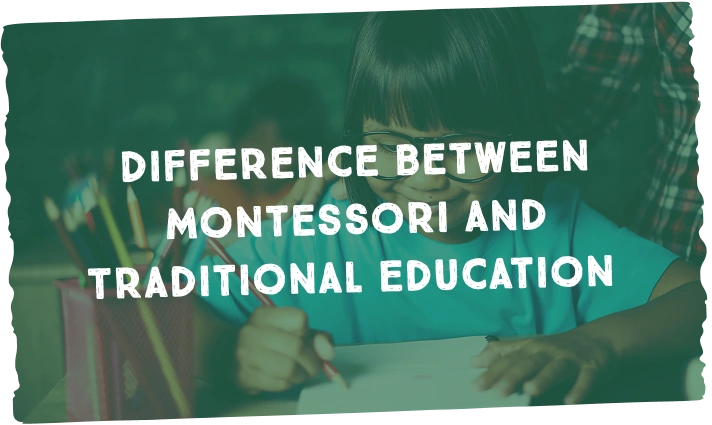
Choosing the right educational approach for your child is one of the most important decisions a parent can make.
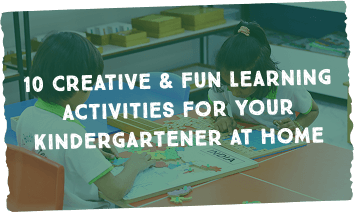
Kindergarten sets the stage for a lifelong journey of learning. It is the groundwork for everything a child will learn in the years to come, and it is a fun time for young minds
This will close in 0 seconds
Seats Filling Fast!
Give your child the best beginning at Bodhi Montessori
Play Group Admissions Open for 2026-2027